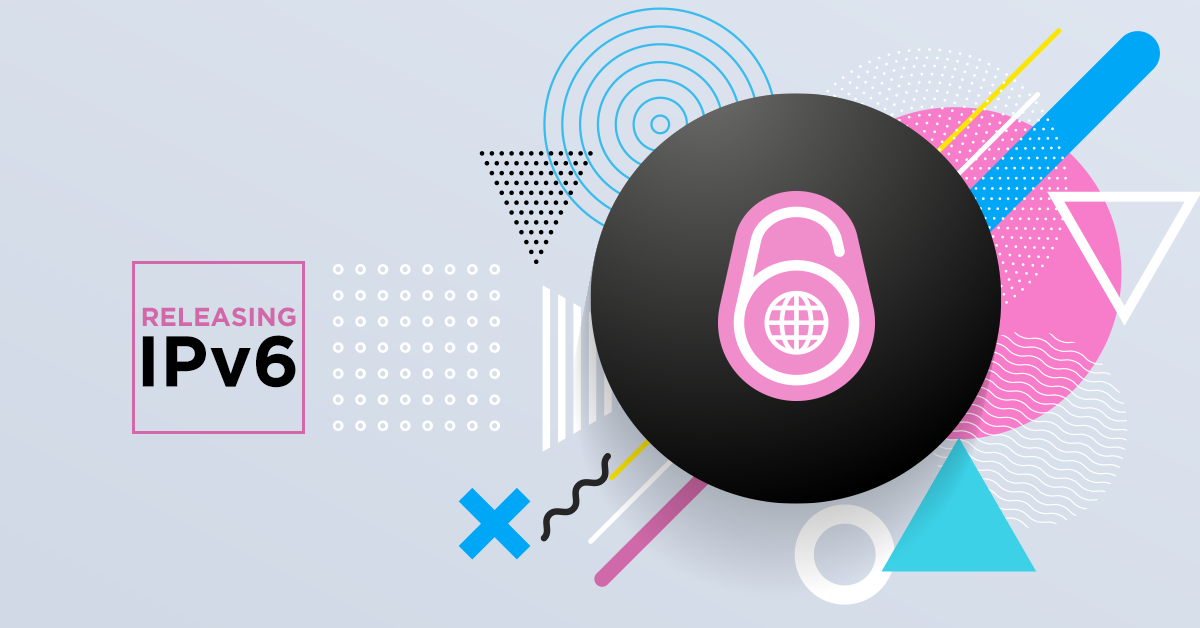Today, we are excited to announce the support for IPv6 in all our zones. You can now add an IPv6 public address on a new instance or an existing one, without the need for a reboot.

Be sure to update your security groups if you want to accept incoming connections on the public IPv6 address in addition to the IPv4 public address. For Windows and OpenBSD, you need to disable the privacy extensions: they make the IPv6 address unpredictable which makes it difficult for us to push your packets.
Check our IPv6 documentation for more details!
Note
If you wonder why you would need to use IPv6, one reason is to ensure you can reach your users with the most optimized path. Many mobile providers are migrating to an IPv6-only network. When a user of such a network is requesting a resource available only via IPv4, their IPv6 packets are usually transformed by a specific equipment, increasing latency and reducing reliability. If the resource is available through IPv6, there is no such problem.
When requesting a public IPv6 address for an instance, you get a fixed IP allocated from a /64 tied to your organization. In the future, we will allow you to request a /112 for each instance, which will be useful to get end-to-end connection between your Kubernetes containers.
